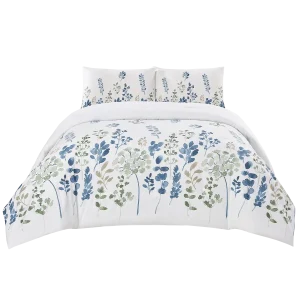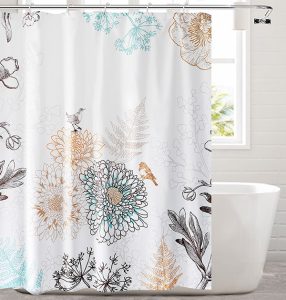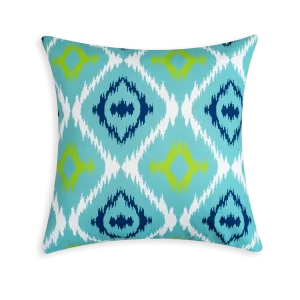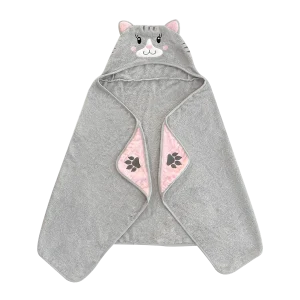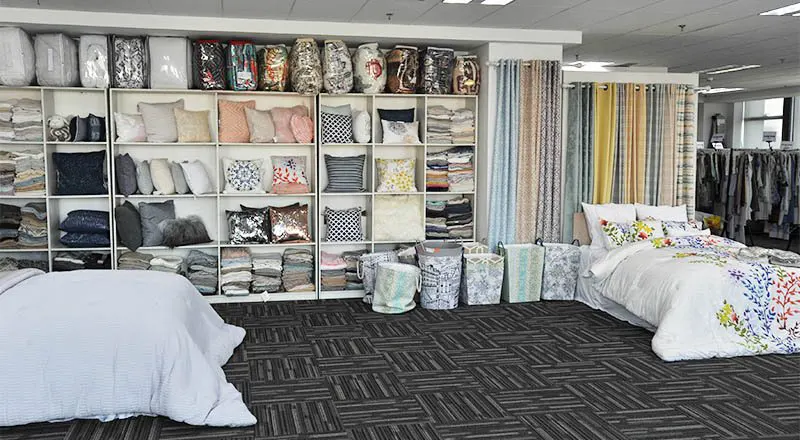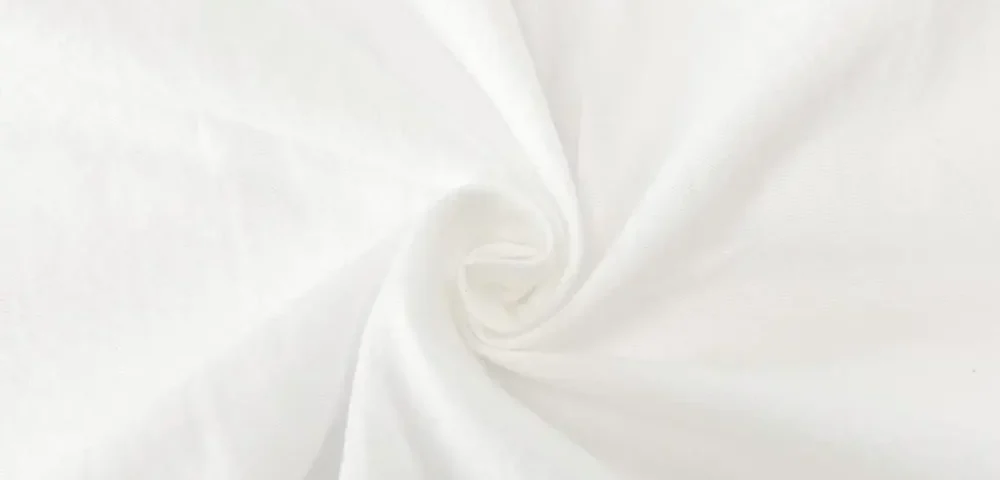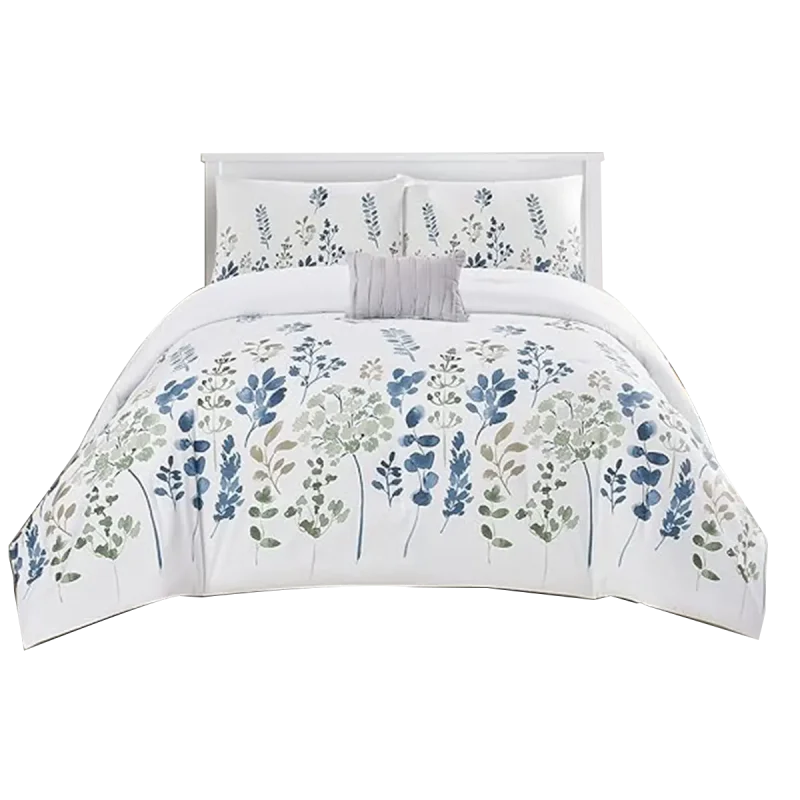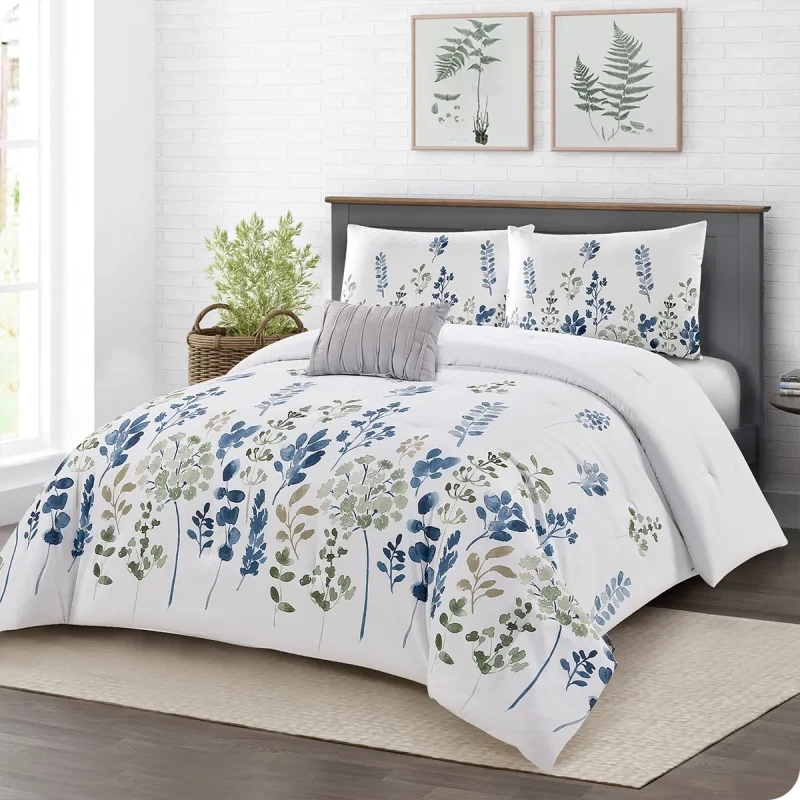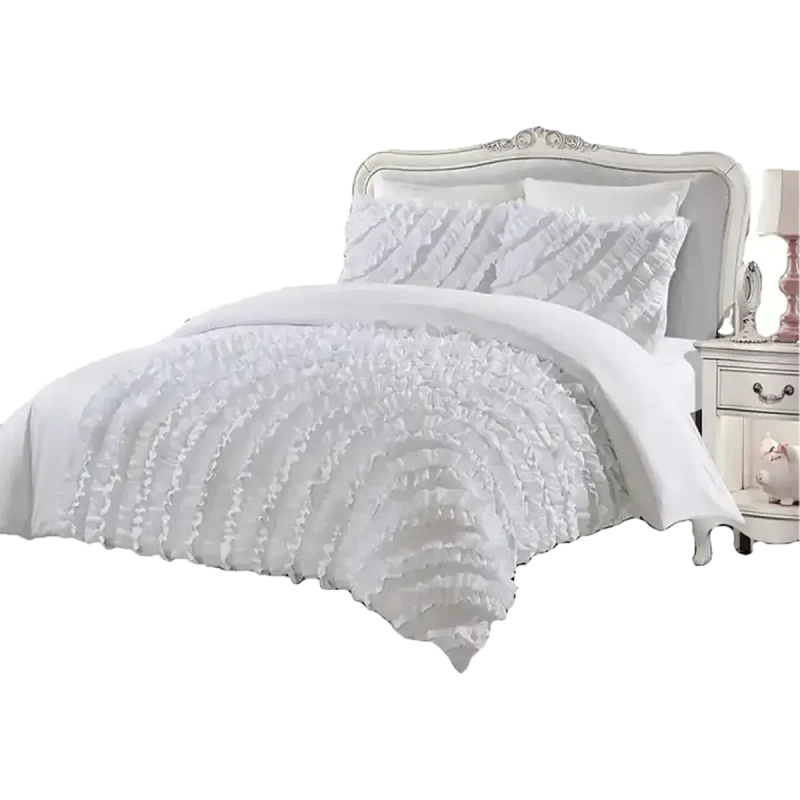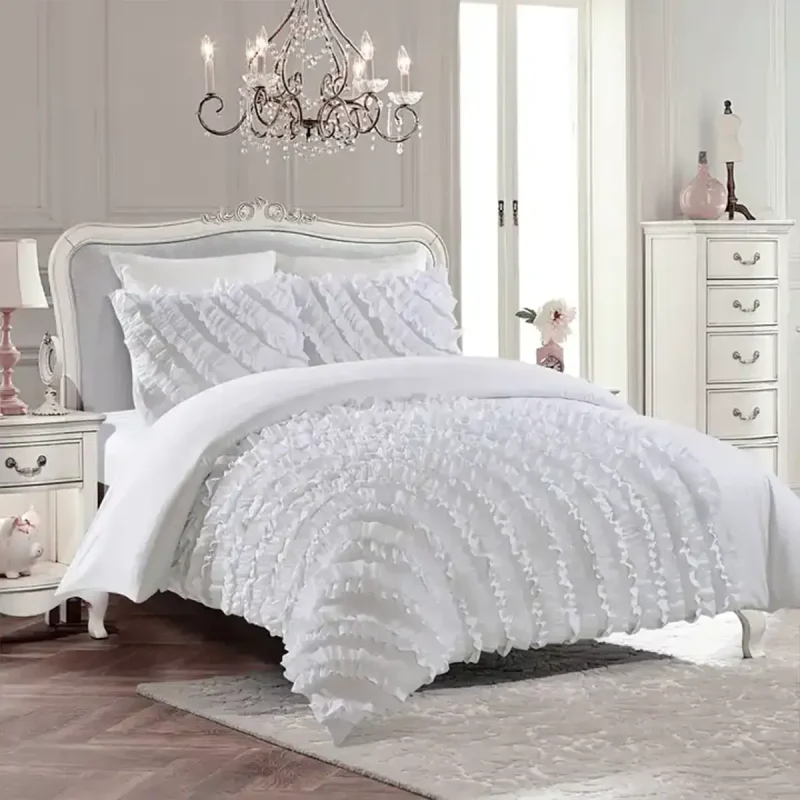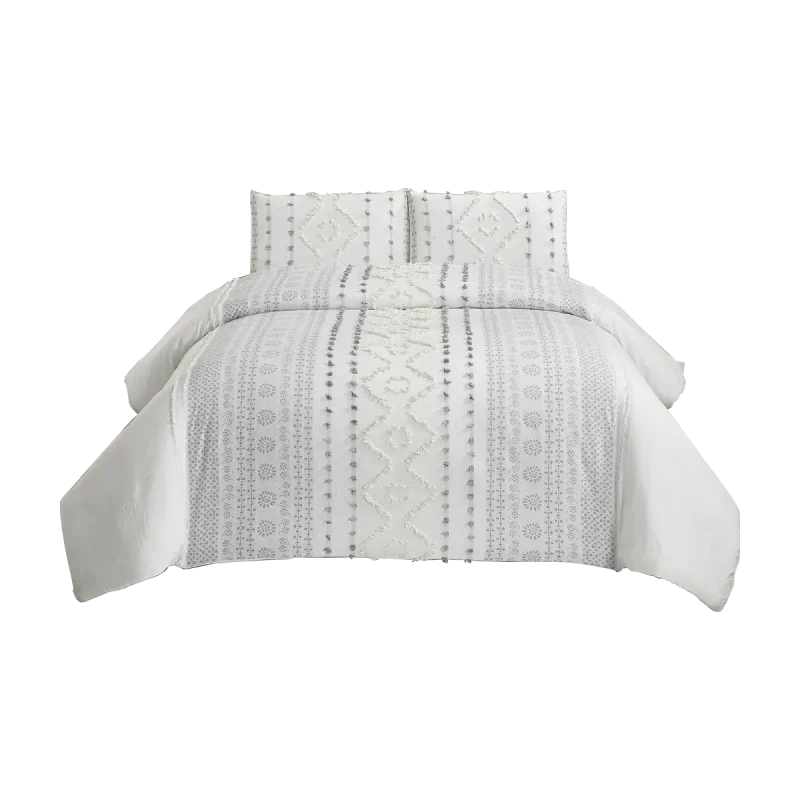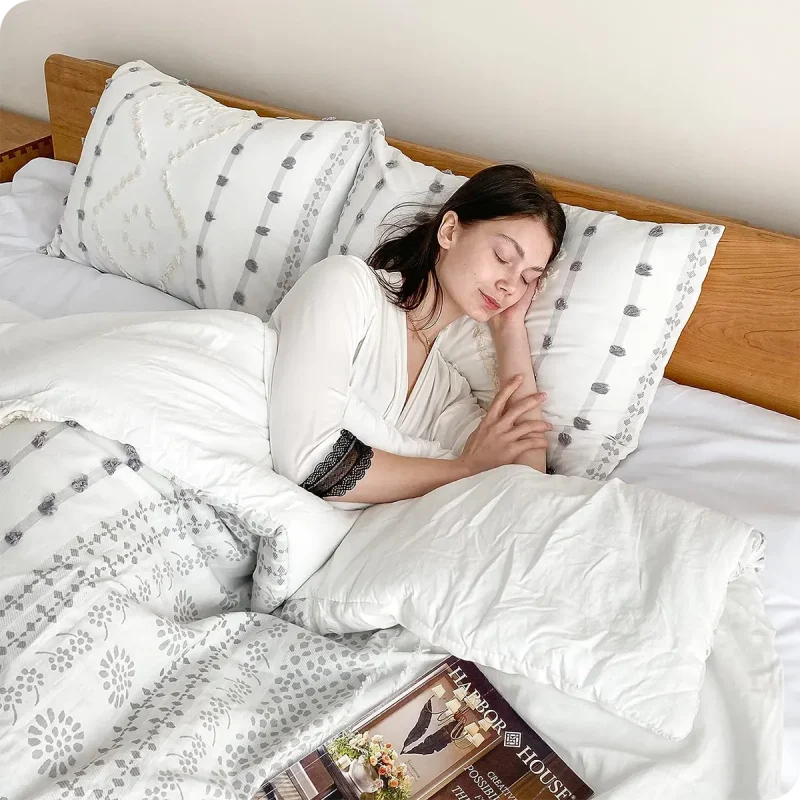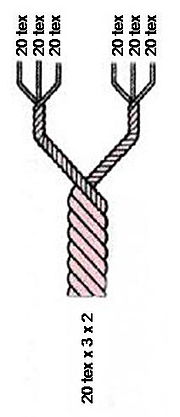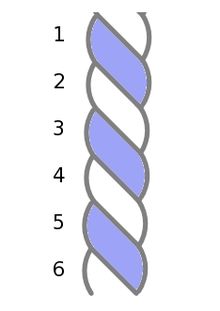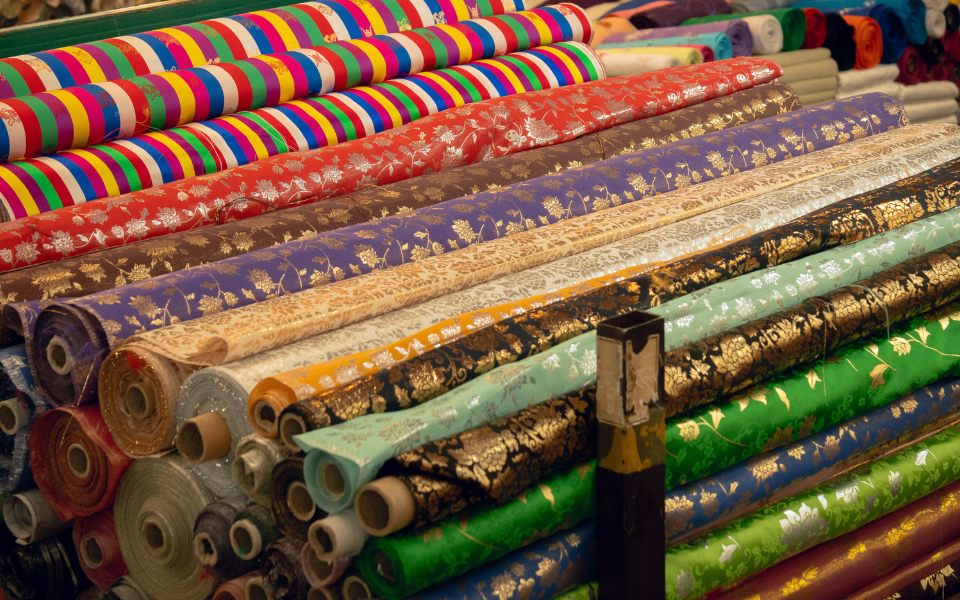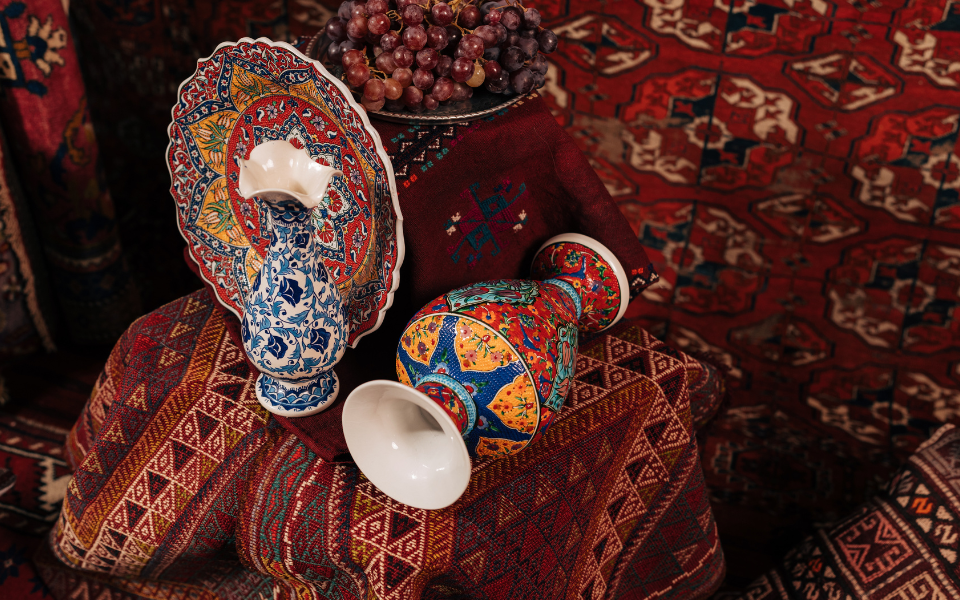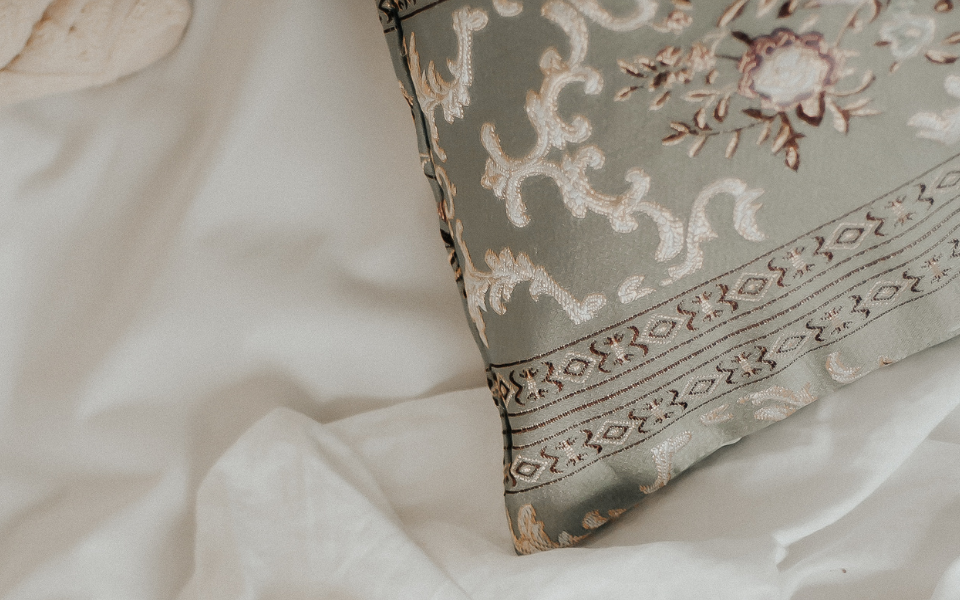
The Impact of Bedding Materials on Sleep Quality
September 19, 2023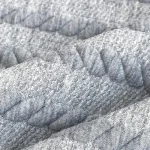
Unlocking the Versatility of Polyester: A Fabric for Modern Living
September 28, 2023When you embark on the quest for new bed linens, you might encounter unfamiliar terms, but one that frequently takes the spotlight is “thread count.” It’s a yardstick for measuring fabric density, specifically the number of threads packed into a single square inch.
But what’s the real scoop on thread count? Does it wield significant influence? And what’s the ideal thread count for those dreamy sheets you’re after? Let’s unravel these queries one by one.
Decoding Thread Count:
Thread count signifies the density of threads interwoven within a square inch of fabric, effectively indicating the fabric’s tightness of weave. This count combines both lengthwise (warp) and widthwise (weft) threads within the given square inch. For instance, a cotton sheet boasting 100 warp threads and 100 weft threads in every square inch of fabric would flaunt a thread count of 200.
Now, here’s the twist: Thread count is often brandished as a rough gauge of fabric softness and texture. It’s a prominent figure in marketing, hinting that a particular product surpasses rivals in quality. While there’s truth to this, it’s crucial to realize that thread count is just one piece of the bedding puzzle.
Choosing the Ideal Thread Count:
When pondering the “best” thread count for your sheets, remember this timeless adage: Quality over quantity. In many cases, the quality of the yarns or threads utilized holds more sway over the feel and durability of your sheets than the sheer quantity of threads, or the thread count itself.
In the realm of linens, it’s a blend of factors like material, weave, and finishing processes that truly define top-notch quality. So, while thread count is a handy reference, it’s wiser to consider it in conjunction with these other vital elements when seeking the ultimate in sleep-inducing comfort.
Deciphering the Ideal Thread Count for Sheets
When it comes to choosing the perfect thread count for your sheets, there’s no one-size-fits-all answer. Quality and comfort are the name of the game, and you’ll find them in thread counts ranging from 200 to 800 and beyond. So, what’s the magic number? Well, it depends on a few factors.
First off, consider the minimum. Sheets with a thread count of 200 or higher are generally a safe bet. Anything less might lack that desired softness, potentially compromising your sleep quality.
Now, let’s delve into the weave and fabric, which play a pivotal role. Percale sheets, known for their “plain weave” with a simple one-over, one-under pattern, typically fall within the 180-200 thread count range for average quality. In contrast, the sateen weave boasts a tighter pattern, with average-quality sateen sheets ranging from 250-300.
Here’s a quick rundown of high-quality thread count ranges for different sheet materials:
- Cotton: 200-400
- Egyptian Cotton: 300-400
- Percale Weave: 200-400
- Sateen Weave: 300-600
- Bamboo: 300-500
- Linen: 80-140 (Note: Thread count is less relevant for linen sheets)
However, it’s crucial to keep in mind that thread count isn’t everything. For certain materials, different metrics come into play:
- Silk: Look for momme measurements, typically around 17-22 momme.
- Microfiber: Measured in grams per square meter (GSM), with quality falling within 90-120 GSM.
- Flannel: Also measured in GSM, with heavyweight flannel at 170+ GSM.
- Jersey: Weight can vary depending on the material, but many jersey cotton sheets are around 150 GSM.
But wait, there’s more to the sheet story! Thread count is just one piece of the puzzle. Yarn quality, manufacturing processes, weave type, and various other factors all influence the overall performance of your bed linens.
For top-notch results, opt for sheets from reputable manufacturers, dive into bed sheet reviews, scrutinize material quality, and consider thread count as merely one element in the grand scheme. So, as you embark on your quest for quality sheets, remember that it’s the harmonious ensemble of these elements that’ll have you sleeping like royalty. And, for a curated selection of quality sheets, don’t miss our bed sheet buying guide with our top recommendations.
Is Higher Thread Count Always Better? Unpacking the Truth
While it’s tempting to believe that sheets with a higher thread count are synonymous with superior quality, the reality is more nuanced. Higher thread count sheets often come with a heftier price tag, but this doesn’t always equate to an elevated sleeping experience.
Certainly, a sheet set boasting a 400 thread count will typically feel more luxurious than its 200-thread count counterpart. However, this assumption rests on the premise that both sets share identical yarn quality, craftsmanship, and weave.
In truth, aiming for sheets with a moderate thread count in the range of 200-600 (for most styles) is your best bet for a satisfying slumber. Keep in mind that your expectations should adjust based on the chosen material.
When you venture into excessively high thread counts, say 600-800, you’re likely entering a realm where differences become negligible. Very high thread counts tend to mimic the feel and performance of high-quality fabrics with lower counts. Ironically, cramming too many threads into a fabric can stifle airflow, yielding a heavier, warmer sensation.
Caution should be exercised when encountering astronomical thread counts, such as 900 or more. Often, this is a red flag signaling subpar quality. Manufacturers may employ tactics like using double- or triple-ply threads, typically of lower quality. These threads count as two or three fibers, artificially inflating the thread count. Paradoxically, a sheet set with a thread count of 900 may pale in quality compared to a 300-thread count counterpart.
In the world of sheets, it’s essential to look beyond thread count alone and consider the broader picture of material, craftsmanship, and intended comfort for your dreamiest slumber.

